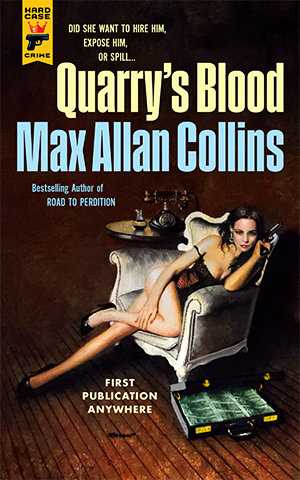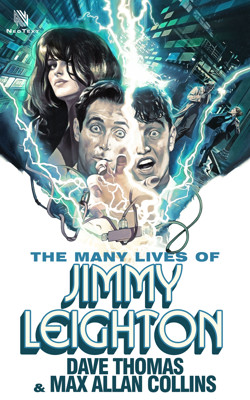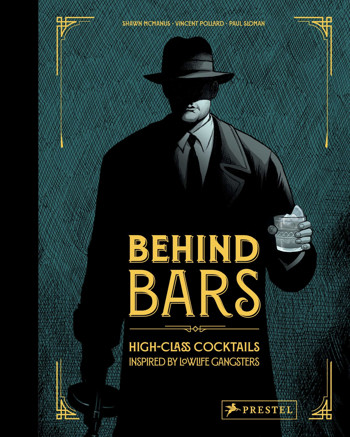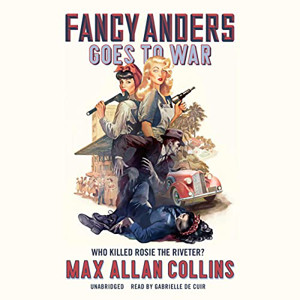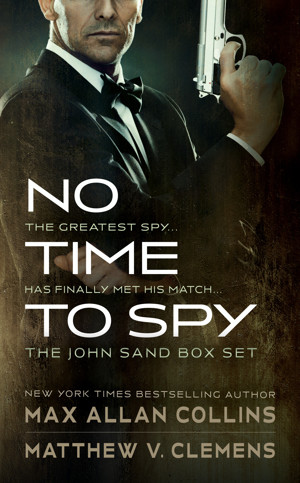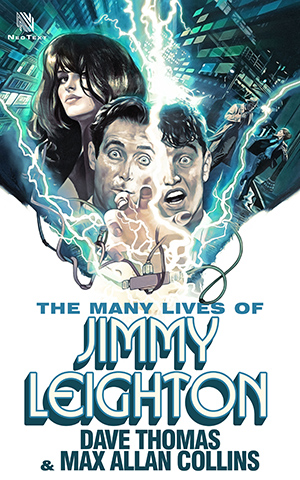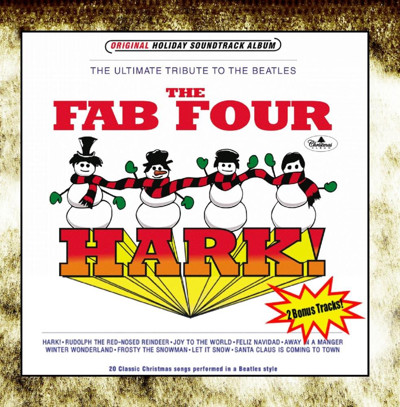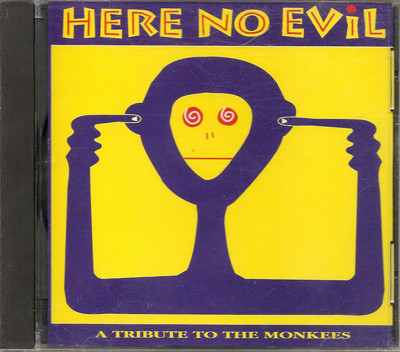Here is an interview with me about two upcoming Hard Case Crime titles, Quarry’s Blood and Tough Tender, conducted by the great Andrew Sumner of Titan.
And now – the first book giveaway of 2022. I have ten advance copies of Quarry’s Blood available to the first ten interested readers. [All copies have been claimed. Thank your for your support! — Nate]
More book giveaways will follow – I hope to get some copies of No Time To Spy to offer soon, and I have on hand advance copies of Tough Tender (which collects the Nolan novels Hard Cash and Scratch Fever), which will be given out possibly next time.
These reviews are extremely important in an era when I am no longer doing signings and haven’t done a convention since Covid came calling. Even brief reviews are appreciated, particularly since there are a handful of apparent trolls out there who want to make sure I can’t make a living during my dotage.
A No Time to Spy review, by the way, accuses you fine people of laziness, concluding: “And by the way most of the positive comments to the Sand trilogy as of today are copy and paste from the Collins blog.” (Feel free to defend yourself in the comments area under that review, which is by Robert Hölzl, who knows he hates all three Sand novels – would you keep reading a series you dislike? – but does not know how to spell my name.)
Just to clear the palate, here is a wonderful write-up from Facebook that just popped up out of nowhere, from Rick Greene:
This came at a lovely time because (a) the new Quarry book is about to be published, and (b) I have just started writing the new Nate Heller. And the Hellers have always been hard to write, but I find that, at my age, the process may be the same but I am not. I was struggling with the first chapter and then Rick Greene’s nice words came along.
What was really nice about these words is that they were just a heart-felt reader’s outpouring of appreciation – not a review. I feel like I can take Rick’s words to heart whereas it’s dangerous to believe any review, good or bad. And then there’s karma….
Later the same day I read Rick’s celebration of my work, I came upon a current review of (the 39-year-old) True Detective that was patronizing and close to nasty in things it said about my work. I write “bad dialogue,” I’m told, and the reader has to slog through my work, and as a stylist I have all the poetry of the directions on a paint can. I would have shared this condescending thing with you, but I failed when I tried to track it back down via Google.
The review was well-written and not stupid, although – as usual – no proof backing the opinions was provided. How about quoting a few clumsy sentences to make your point, or reprinting a particularly bad patch of dialogue? (By the way, I have been publishing since 1971 and have never before had my dialogue singled out for anything but praise.)
The danger for a writer – and let’s pretend Rick Greene was writing a review and not just a sending me a valentine – is that if you take the good reviews seriously, you have to take the bad ones seriously, too. And doing so will make a real writer – which is to say, a working writer who makes his or her living this way – crazy. I will admit that the day after I read that largely negative True Detective review, I found myself back at work on The Big Bundle, second-guessing every Heller sentence I wrote.
The truth is, many of us in the arts can remember every bad review – can quote from memory reviews dating back decades – whereas the positive ones fly away like tissue paper on the wind. It’s human nature, I guess, but at the same time I know that I have to pay no real attention to any reviews. I am past the point, fifty-one years into my novel writing career, that I can learn much. I do still learn, but it’s incremental, and it comes from trial and effort, not something a reviewer points out or suggests.
The True Detective reviewer clearly considered me a pedestrian stylist. Hey, I think I can turn a pretty fair phrase. But I can guess the writers that this reviewer likes – the ones who are writing to impress, not to entertain. I pick up books at Barnes & Noble or BAM! and read the first paragraphs by writers with reputations as stylists, writers far more celebrated than I ever will be, and what I see is overloaded, overwritten, trying-too-hard bullshit (do not ask for names).
Reviews, as far as my growth is concerned, are irrelevant to a writer who has been working as long as I have. All I know how to do at this stage is write the book I would like to read. Really, I think that should be every novelist’s goal – write a book you wish somebody else would have. Please your own taste and hope enough others out there will have similar enough tastes to keep you in business.
And yet I am doing a book giveaway, soliciting reviews. I don’t do this so that you will tell me how wonderful I am (though feel free to do so). I do it to help sell books, so I can stay in business. To get the word out.
I talk a lot here about how, in recent years, in recent days, I have felt cut off from current popular culture. Today I went over the copy edited manuscript of the second Fancy Anders (Fancy Anders For the Boys) and was told I shouldn’t mention Mantan Moreland or Jap Zeroes. How am I supposed to react to that? As someone who writes about the Twentieth Century, must I clean up that century’s idiosyncrasies and failings? Or do I have a responsibility to depict that century as accurately as my flawed memory will allow?
But the truth is, it’s harder for me now to be accepted in a world of publishing where I am white and old and male. It’s not the marketplace’s fault – it’s just the reality. I am so very, very lucky that publishers like Hard Case Crime, Titan, Neo-Text and Wolfpack still find me a worthwhile addition to their lists. In a world where I have to explain to people who Mickey Spillane and Mike Hammer are, I am damn lucky to still be in business at all.
Some advance readers of Quarry’s Blood have nice things to say about it at Goodreads.
Check out this lovely piece at Crimereads on Marshall Rogers, who illustrated my brief run on the Batman comic strip.
Finally, has it really been twenty years since Road to Perdition was released?
M.A.C.
